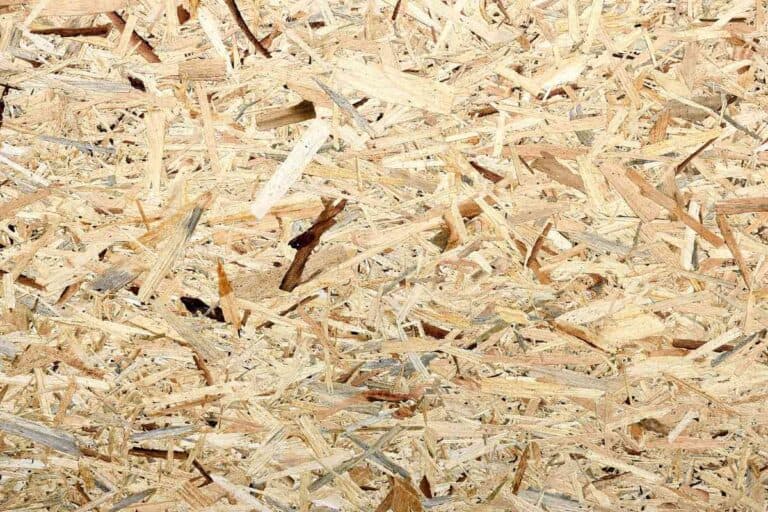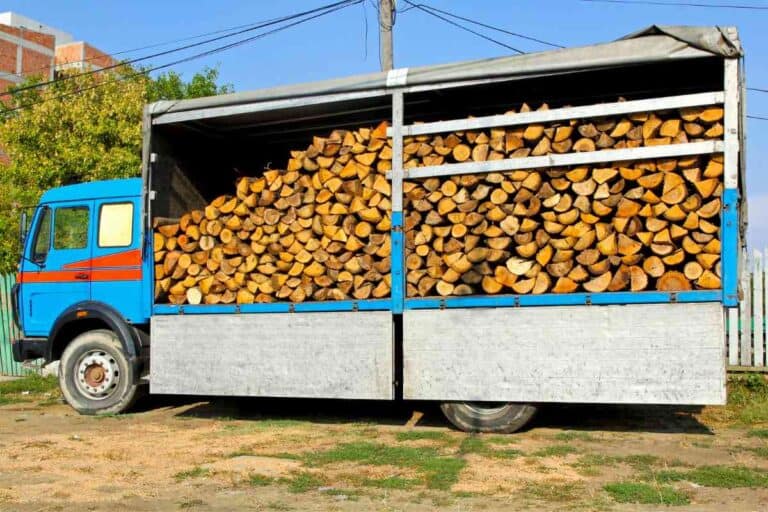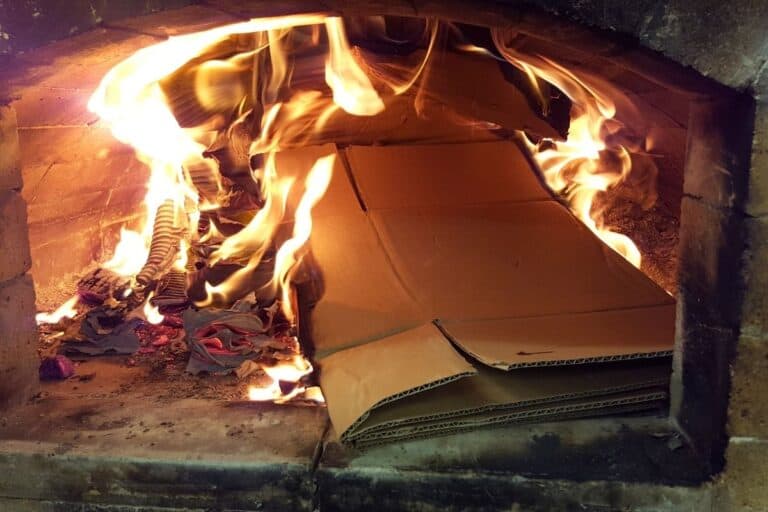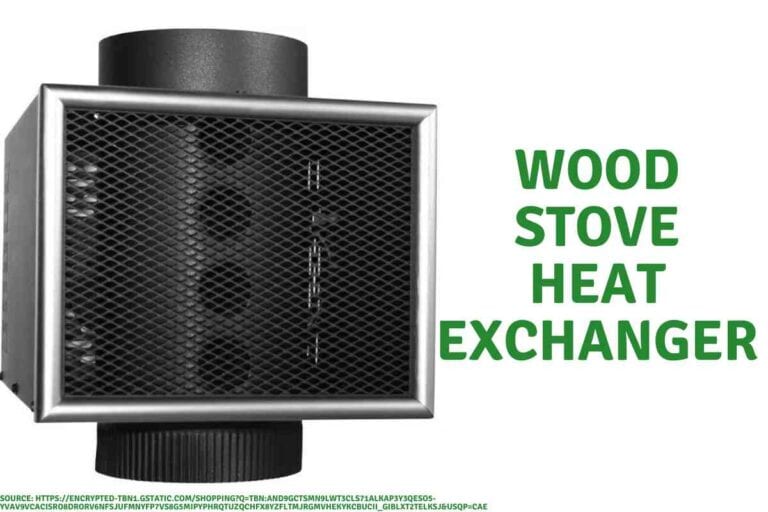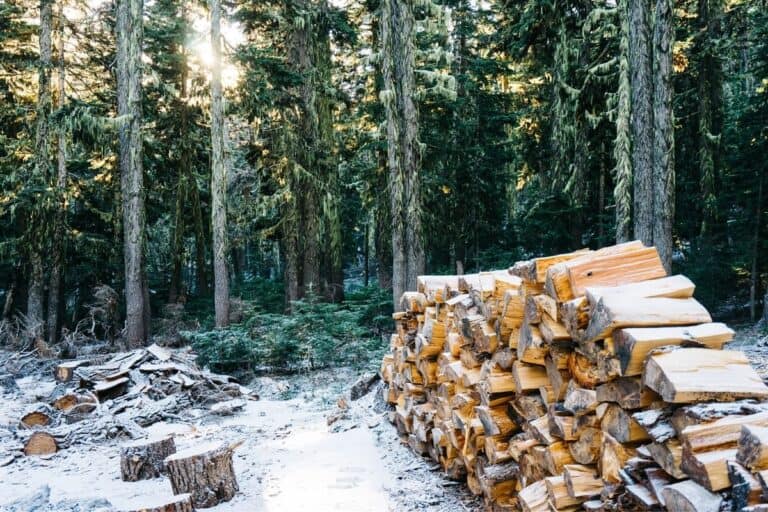Why Do You Put Water on a Wood Stove?
You’ve noticed that every time your wood stove is used, someone puts a pot of water on it. You may have even done it yourself and not thought much about why. But what’s the reason for this tradition?
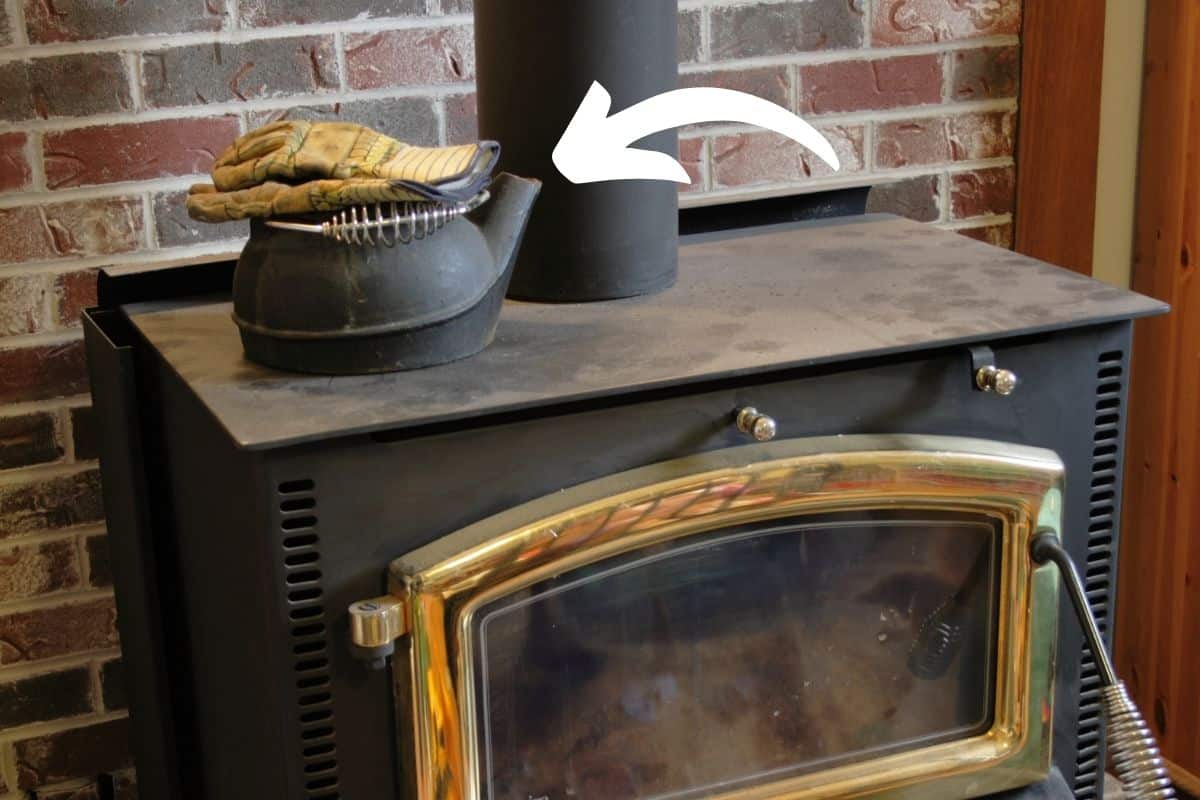
The water on the wood stove helps humidify your home. Wood stoves tend to dry out the air, which can cause problems like static electricity, cracked skin, and respiratory issues. Adding moisture back into the air helps combat these problems.
This article explores how to keep the air moist when using a wood stove and shares tips for using water on the stove. It also offers advice on how to prevent your wood stove from drying out your home in the first place.
Why Put a Kettle on a Wood Stove?
Like most people, you’ve probably seen your grandmother or mother put a kettle of water on the wood stove. And when you got your own wood stove, you continued with the tradition. But have you ever wondered why we do this?
The practice is more than just an old wives’ tale. There are many benefits to putting a kettle on a wood stove. The primary reason to do it is to add moisture to the air.
You see, wood stoves typically dry out the air in a room. This can cause problems like static electricity, dried out sinuses, and cracked skin. However, by putting a kettle of water on your wood stove, you add much-needed moisture to the air.
Another benefit to using a kettle on your wood stove is that it can help regulate the temperature in your home. We tend to keep our homes warmer than usual in the winter, causing the air to feel stuffy and dry. By adding a kettle of water to your wood stove, you help add humidity, making it feel more comfortable.
Finally, many people find that the sound of a kettle boiling on a wood stove is incredibly soothing, especially on those cold winter nights. There’s just something about it that makes the whole house feel cozy and warm.
Source: How to Discuss
How Do You Keep the Air Moist in a Wood Stove?
As we’ve mentioned, wood stoves effectively heat a room but can make the air feel dry. One way to combat this problem is by keeping the air moist at all times. There are several ways to go about it.
Place a Kettle of Water on the Stove
One of the simplest ways to add moisture to the air is boiling water on your wood stove. Not only will this help humidify your home, but it will also produce that lovely, comforting sound that we all know and love.

Invest in a Humidifier
Another option is to invest in a humidifier. These devices are one of the best ways to keep the air in your home moist. There are many different types of humidifiers on the market, so you’ll need to find one that’s right for your needs. Some humidifiers require you to add water to them, while others have a built-in water reservoir.
If you’re using a humidifier with a built-in water reservoir, you’ll need to fill it up periodically. Some humidifiers have filters that need to be replaced regularly as well. Be sure to follow the manufacturer’s instructions on how often to change the filter.
Weatherize Your Home
Another way to prevent your wood stove from drying out your home is to weatherize your home. This means sealing up any cracks or gaps in your walls, windows, and doors. You can use caulking or weather stripping to seal these areas.
You may also want to consider adding insulation to your attic and walls. This will help keep the heat in your home, making it less likely for your wood stove to dry out the air.
Other ways to weatherize your home include:
- Rolling up towels and keeping them on the floor infront of the exterior doors
- Replacing cracked or single-pane windows with energy-efficient ones
- Installing metal flashing around the chimney on the roof
These simple hacks will go a long way in keeping your home warm and toasty all winter long without overworking your wood stove.
Track the Air Moisture Content
It’s also crucial to use a hygrometer to track the air moisture content in your home. The ideal range is 40-50%, and anything outside of that can cause problems.
For instance, if the air is too dry, it can lead to static electricity, respiratory problems, and increased wood stove fires. On the other hand, if the air is too moist, it can cause condensation, leading to mold and mildew.
You can buy a hygrometer at most hardware stores or purchase one online.
Source: Home Guides
Can You Pour Water on a Wood Burning Stove?
Pouring water on a wood-burning stove may seem like a fast way to put the fire out. But, this common practice is hazardous and should be avoided.
Pouring water on a wood-burning stove will create heavy smoke that will blow back into your room, thereby increasing the amount of carbon monoxide in your home.
In addition, pouring water on a wood-burning stove will release a large amount of steam. The steam can cause severe burns if you are close to the stove.
Source: Direct Stoves
What Do You Add to Wood Stove Water?
If you’d like to add something to the water in your wood stove, consider peppermint or mint oil. These oils add a pleasant scent to your home and help repel insects. Simply add a few drops of oil to the water in your wood stove before adding more wood.
3 Recommended Wood Stove Articles:
Wrapping Up
Now you know why you should always put water on a wood stove. The water will help keep the air moist, thereby combating extreme air dryness that occurs when burning wood. You also have alternative ways to keep the air moist, like using humidifiers and weatherizing your home. So choose the method that works best for you.
If you decide to go with the kettle on the stove method, be sure to add peppermint or mint oil to the water for an extra boost of freshness.

